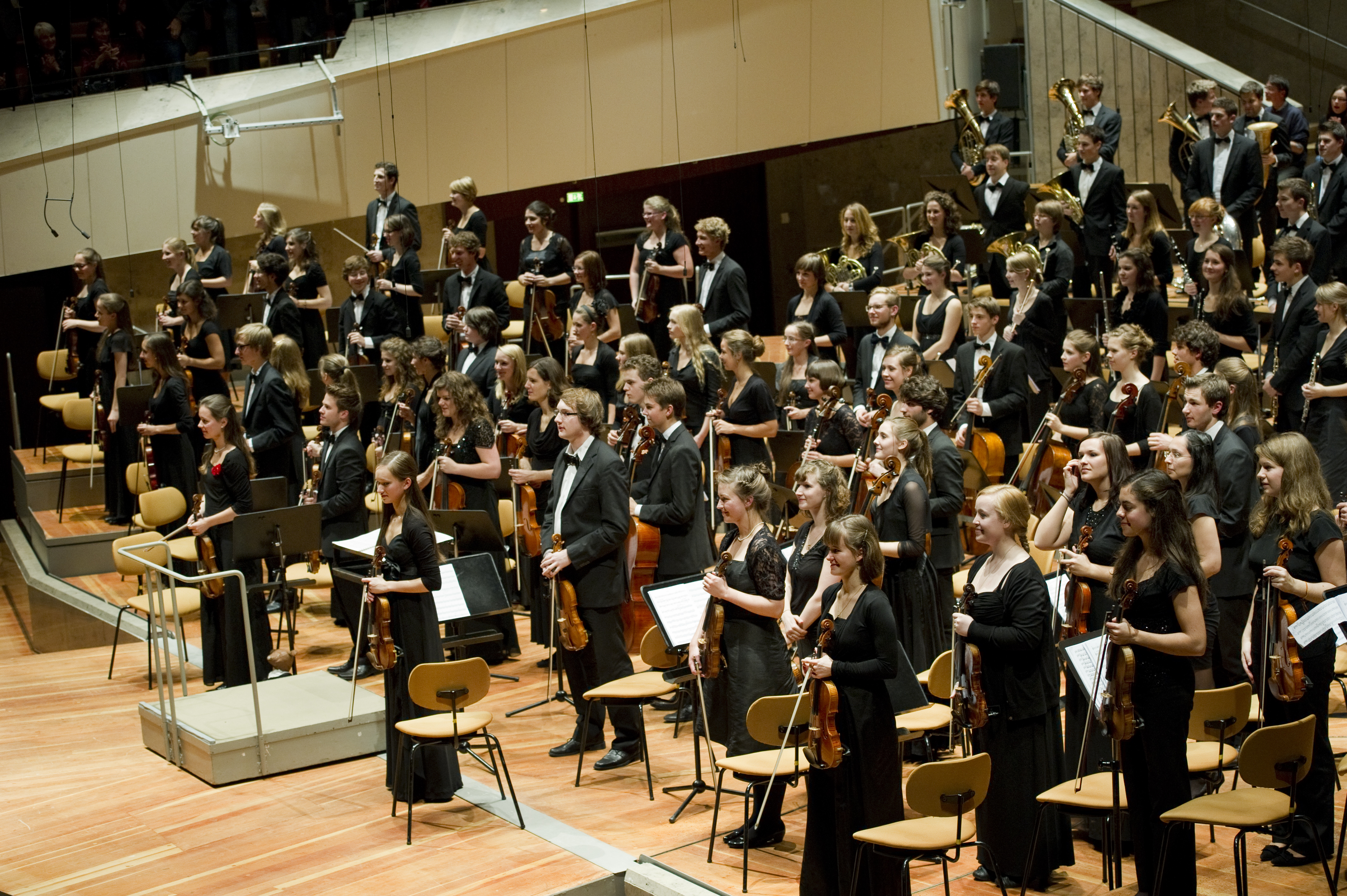History of Classical Music
- Introduction to Classical Music
- The Medieval Period (500-1400)
- The Renaissance Period (1400-1600)
- The Baroque Era (1600-1750)
- The Classical Period (1750-1820)
- The Romantic Period (1820-1900)
- The 20th Century (1900-2000)
- Modernism in Music
- Postmodernism in Music
- Women in Music
- Contemporary Music
- The Intersection of Classical Music & Pop Culture
Recap and Conclusion
Recap of the Historical Journey Through Classical Music

Broad tradition of Western art music.
As we reach the end of our exploration into the history of classical music, let's take a moment to revisit the key points from each era we've studied. This will not only reinforce what we've learned but also help us appreciate the evolution of this rich and diverse genre.
Medieval Period
The roots of Western music can be traced back to the Medieval period, where the Gregorian chant, named after Pope Gregory I, was the dominant form of music. This was also the era where polyphony, the combination of two or more simultaneous melodic lines, was born, marking a significant development in musical composition.
Renaissance Period
The Renaissance period saw a shift from the religious focus of the Medieval era to a more humanistic approach. Music became more expressive and emotional, with the development of both vocal and instrumental music. The madrigal, a form of secular vocal music, became particularly popular during this time.
Baroque Era
The Baroque era was a time of grandeur and extravagance, and this was reflected in the music of the time. Composers like Bach and Handel became household names, and the opera, a dramatic work combining text and musical score, began to take shape.
Classical Period
The Classical period was marked by a return to simplicity and elegance. The music of Haydn, Mozart, and Beethoven, the three most prominent composers of this era, was characterized by clear, distinct melodies and forms. This was also the era where the symphony, sonata, and string quartet became popular musical forms.
Romantic Period
The Romantic period was a time of great emotional expression in music. Composers began to experiment with 'Programme Music', music that tells a story or paints a picture. The virtuoso solo performer also emerged during this time, and composers like Chopin, Liszt, and Wagner became famous.
20th Century
The 20th century was a time of great experimentation in music. Composers began to break away from traditional forms and tonalities, leading to movements like neoclassicism, serialism, and minimalism. This was also the era where technology began to play a significant role in music production and distribution.
Modernism and Postmodernism in Music
Modernism in music was characterized by a break from tradition and a desire to create new forms and techniques. This was followed by postmodernism, which rejected the idea of a single 'correct' way to create music and embraced a more eclectic approach.
Women in Music
Throughout history, women have made significant contributions to classical music, although they have often been overlooked. From the forgotten female composers of the Renaissance period to the women composers of the Romantic period and the 20th century, women have played a crucial role in shaping the history of classical music.
Contemporary Music
Contemporary classical music is a diverse field, encompassing a wide range of styles and techniques. Advances in technology have played a significant role in shaping contemporary music, and there are many noteworthy contemporary composers who are pushing the boundaries of what is possible in classical music.
Intersection of Classical Music & Pop Culture
Classical music has had a significant influence on pop culture, with its presence felt in films, video games, and advertisements. This intersection has helped to keep classical music relevant and accessible to a modern audience.
As we reflect on our journey through the history of classical music, we can appreciate the richness and diversity of this genre, and the many ways in which it has evolved and adapted over time.